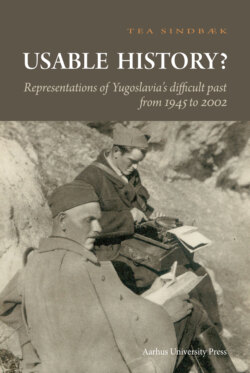Читать книгу Usable History? - Tia Sindbaek - Страница 15
Chetniks
ОглавлениеThe Chetnik movement was headed by a group of officers from the Royal Yugoslav Army. These officers refused to surrender with the rest of the army, and led by Colonel Draža Mihailović they established a guerrilla resistance movement with headquarters at Ravna Gora in western Serbia.5 The Chetniks were conservative and patriarchal with veneration for the Serbian kingdom and the Serbian Orthodox Church. The aims of the Chetnik movement were to prepare a strong guerrilla army for an allied landing in the Balkans, and then to assist the liberation of Yugoslavia and the re-establishment of a Yugoslav state under Serbian domination and ruled by the Serbian royal house. It was also proposed, partly in reaction to the anti-Serbian politics of the NDH, to establish a Greater Serbia and ‘ethnically clean’ Serbian areas.6
The political programme of the Chetniks could only appeal to the Serbian parts of the Yugoslav population. Yet, they were supported by the king, himself a Serb, and the Serbian dominated government in exile. Mihailović was promoted to general and appointed minister of Army, Navy and Air Force. Thus recognized by Yugoslavia’s official international representations, Mihailović’s Chetniks also received assistance and military aid from the allies.
Nevertheless, Mihailović’s hold of the movement was never firm, and Chetnik units often acted independently – such as the so-called ‘legalized’ Chetniks, who assisted the Germans and the Nedić administration in fighting the uprisings. In the NDH, Chetnik bands collaborated with the Italian occupiers, sometimes to protect Serbs against Ustasha raids, sometimes to fight the Partisans. Occasionally they even sided with the Ustasha against the Partisans.
